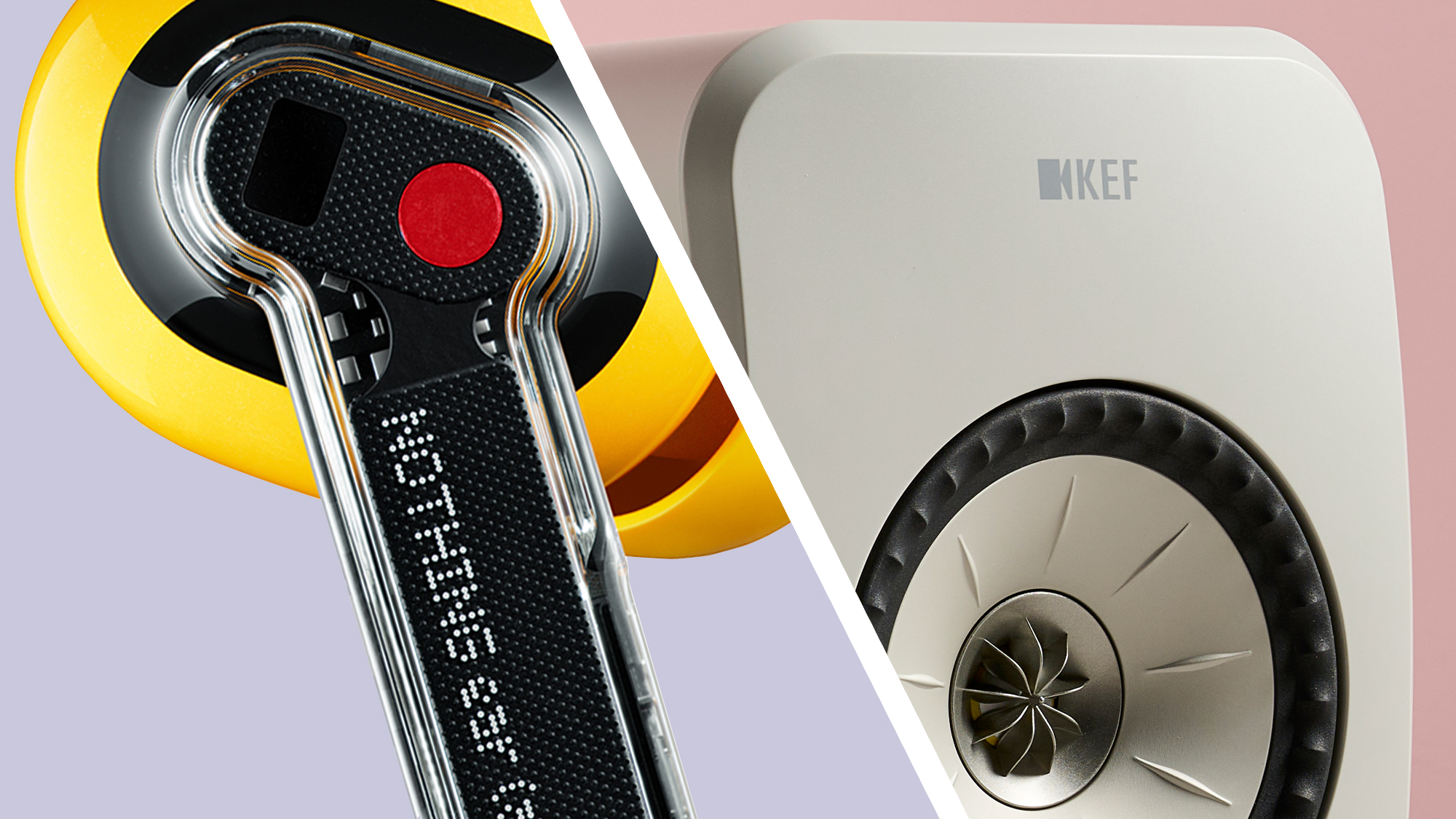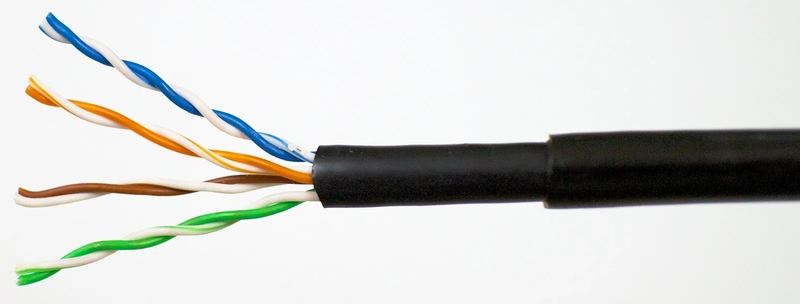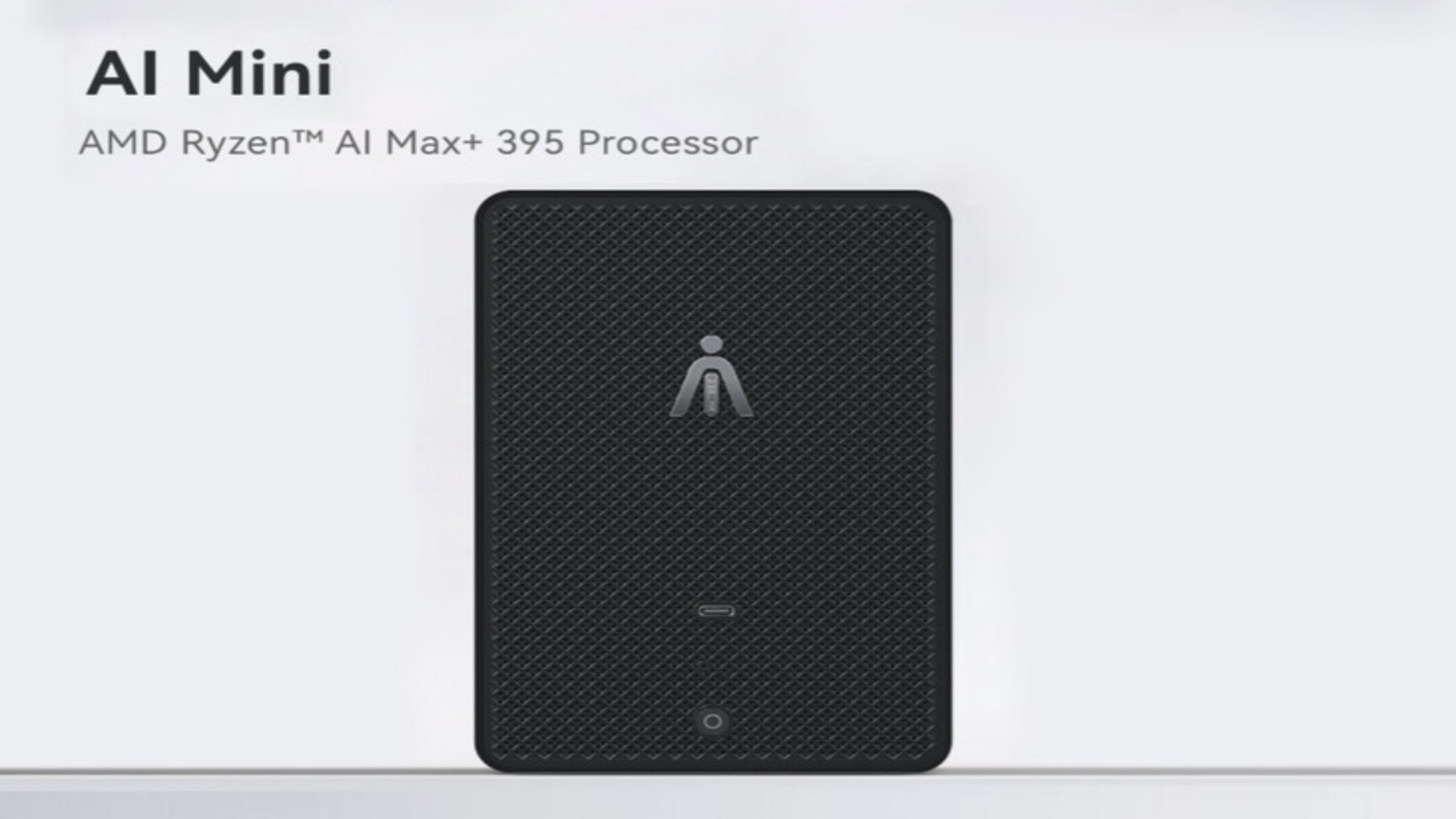What the Heck Are @layer in Tailwind? (And How I Finally Got It)
At first, I didn’t really understand what the purpose of the layers in Tailwind’s CSS system was. I saw @layer base, @layer components, and @layer utilities in examples and documentation, but I didn’t know when or why to use them, or what would happen if I ignored them completely. I was just adding my custom CSS and utility classes to the app.css file without structure, and it seemed to work—until I started running into problems with class conflicts, ordering issues, and styles not applying consistently. Understanding the Purpose of Layers After some deep searching and asking ChatGPT for clarity, I finally understood the concept of Tailwind's CSS layering system. It’s not just about organizing code—it has a real technical impact on how styles are interpreted and prioritized during the build process. Tailwind internally uses PostCSS, and these @layer directives are essential to ensure that custom styles merge correctly with Tailwind’s own layers, without being purged or overridden unexpectedly. What Goes in Each Layer The @layer base section is where you should define low-level, element-based styles—things like default typography, custom fonts, or resetting browser styles. These are similar to global HTML element rules (like body, h1, a, etc.), and they should feel like the foundation of your design system. Technically, putting your base styles here ensures Tailwind knows they're part of the base layer and avoids conflicting with component or utility layers. Then there’s @layer components, which is the perfect place for your custom reusable class-based styles—like buttons, input fields, form groups, cards, badges, and so on. These aren’t global resets; they’re building blocks made up of utility classes. The key technical benefit here is that they are injected in the right order relative to Tailwind’s own components and utilities, and they’re also preserved during purging, because Tailwind knows to expect them. Lastly, there’s @layer utilities, where you can define your own utility classes—small, single-purpose classes like .text-shadow or .scrollbar-hide that you use similarly to Tailwind's built-in utilities. Again, this ensures these classes are injected after components and that the cascade order respects Tailwind’s utility-first principles. Why It Matters What I also learned is that writing CSS outside of any @layer block can still technically work, but it breaks Tailwind’s layering system. If you define a .btn style outside of @layer components, it might get purged during production builds, or worse, get overridden by utility styles later in the cascade. So it’s not just about being organized—it’s about making sure your styles are safe, consistent, and predictable. Technical Gotchas to Watch Out For There are also some technical rules to watch out for. For example, never use @apply on classes that you didn’t register through a layer—especially inside utilities—because it could lead to circular references or broken builds. And be careful with overriding HTML element tags like p, h1, or body in the wrong layer—they belong in base, and doing otherwise can result in unexpected behavior. After learning all this, I went back and reorganized my app.css file. I moved all font-face definitions and HTML element styling into @layer base, grouped my custom UI component classes into @layer components, and separated out utility-style helpers like .scrollbar-hide or .tes into @layer utilities. Now my styles load in the right order, nothing gets purged, and it’s much easier to maintain and understand the file. Final Thoughts In short, mastering Tailwind’s layering system in your CSS file is the key to making your custom styles work harmoniously with Tailwind’s utility-first engine. It’s not just syntax—it’s structure, safety, and sanity for your project.

At first, I didn’t really understand what the purpose of the layers in Tailwind’s CSS system was. I saw @layer base, @layer components, and @layer utilities in examples and documentation, but I didn’t know when or why to use them, or what would happen if I ignored them completely. I was just adding my custom CSS and utility classes to the app.css file without structure, and it seemed to work—until I started running into problems with class conflicts, ordering issues, and styles not applying consistently.
Understanding the Purpose of Layers
After some deep searching and asking ChatGPT for clarity, I finally understood the concept of Tailwind's CSS layering system. It’s not just about organizing code—it has a real technical impact on how styles are interpreted and prioritized during the build process. Tailwind internally uses PostCSS, and these @layer directives are essential to ensure that custom styles merge correctly with Tailwind’s own layers, without being purged or overridden unexpectedly.
What Goes in Each Layer
The @layer base section is where you should define low-level, element-based styles—things like default typography, custom fonts, or resetting browser styles. These are similar to global HTML element rules (like body, h1, a, etc.), and they should feel like the foundation of your design system. Technically, putting your base styles here ensures Tailwind knows they're part of the base layer and avoids conflicting with component or utility layers.
Then there’s @layer components, which is the perfect place for your custom reusable class-based styles—like buttons, input fields, form groups, cards, badges, and so on. These aren’t global resets; they’re building blocks made up of utility classes. The key technical benefit here is that they are injected in the right order relative to Tailwind’s own components and utilities, and they’re also preserved during purging, because Tailwind knows to expect them.
Lastly, there’s @layer utilities, where you can define your own utility classes—small, single-purpose classes like .text-shadow or .scrollbar-hide that you use similarly to Tailwind's built-in utilities. Again, this ensures these classes are injected after components and that the cascade order respects Tailwind’s utility-first principles.
Why It Matters
What I also learned is that writing CSS outside of any @layer block can still technically work, but it breaks Tailwind’s layering system. If you define a .btn style outside of @layer components, it might get purged during production builds, or worse, get overridden by utility styles later in the cascade. So it’s not just about being organized—it’s about making sure your styles are safe, consistent, and predictable.
Technical Gotchas to Watch Out For
There are also some technical rules to watch out for. For example, never use @apply on classes that you didn’t register through a layer—especially inside utilities—because it could lead to circular references or broken builds. And be careful with overriding HTML element tags like p, h1, or body in the wrong layer—they belong in base, and doing otherwise can result in unexpected behavior.
After learning all this, I went back and reorganized my app.css file. I moved all font-face definitions and HTML element styling into @layer base, grouped my custom UI component classes into @layer components, and separated out utility-style helpers like .scrollbar-hide or .tes into @layer utilities. Now my styles load in the right order, nothing gets purged, and it’s much easier to maintain and understand the file.
Final Thoughts
In short, mastering Tailwind’s layering system in your CSS file is the key to making your custom styles work harmoniously with Tailwind’s utility-first engine. It’s not just syntax—it’s structure, safety, and sanity for your project.





































































































































































![[The AI Show Episode 147]: OpenAI Abandons For-Profit Plan, AI College Cheating Epidemic, Apple Says AI Will Replace Search Engines & HubSpot’s AI-First Scorecard](https://www.marketingaiinstitute.com/hubfs/ep%20147%20cover.png)



















































































































































































.jpeg?width=1920&height=1920&fit=bounds&quality=70&format=jpg&auto=webp#)







































































































































































-xl.jpg)






























![Apple Working on Brain-Controlled iPhone With Synchron [Report]](https://www.iclarified.com/images/news/97312/97312/97312-640.jpg)



































































































